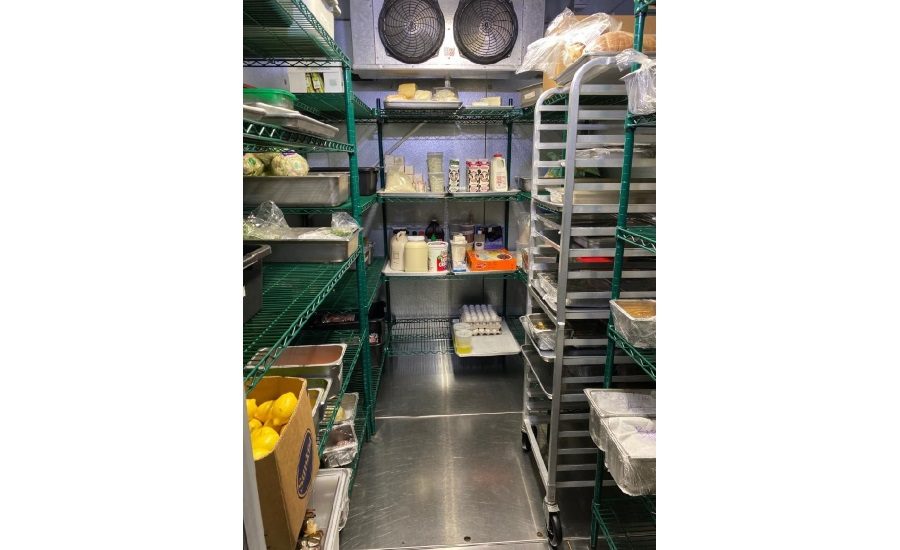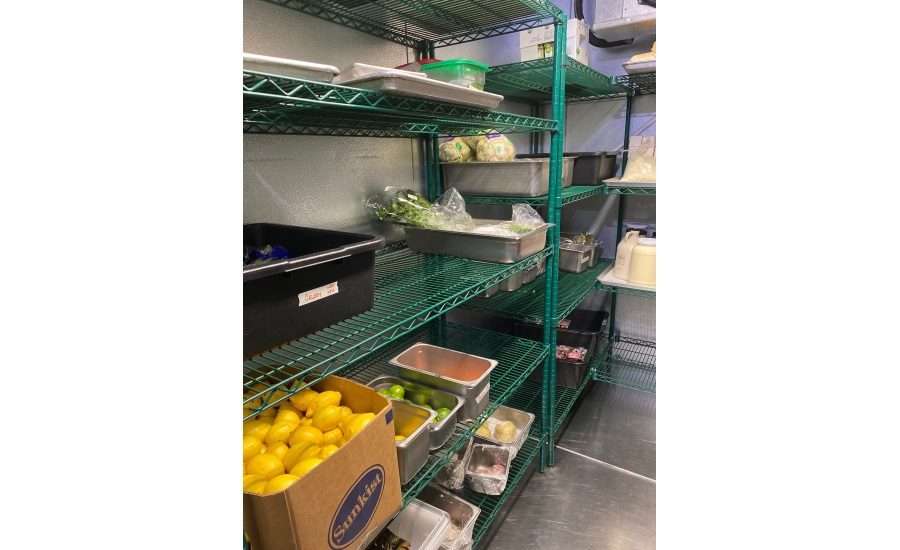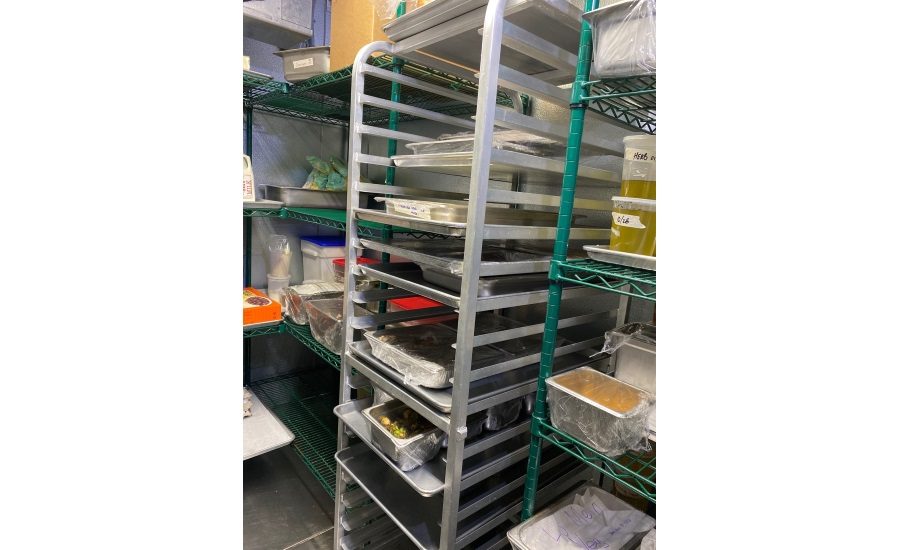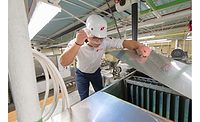Current best practices for establishing and refining food industry HACCP plans












HACCP (Hazard analysis and critical control points) is a food safety approach to help prevent biological, chemical, and physical hazards, as well as radiological hazards, in production processes. Without HACCP, the finished product could possibly be unsafe. Both FSMA and food safety software have helped define HACCP.
FSMA and HACCP
“FSMA builds upon the core principles and practices of an HACCP plan, with important differences in terms of science-based hazard analysis, preventive and corrective actions and documentation requirements in a HARPC plan,” says Matt Brown, CEO, Wherefour, Petaluma, CA.
Regardless whether a company is required to have a HACCP plan, HARPC plan or both in some cases, enforcing adherence to standard operating procedures no matter what employees are on shift is a key element to ensure the plan converts to compliant action, he says.
“The right software system or technology will usually reinforce the correct procedure and block employees from doing something outside of the plan. Also, some software gives you more eyes on the entire process through a permanent record that captures what actions were taken by whom, which may reduce the temptation to take shortcuts and/or skip critical procedures.”
Bryan Cohn, food safety solution engineer, FoodLogiQ, Durham, NC, says that HACCP methodologies and systems have been around for decades to help protect food production from hazards and drive stronger preventive analysis.
“When the Food Safety Modernization Act (FSMA) was ratified in 2011, much of what fell under existing HACCP plans for businesses was codified in the form of requirements under the Preventive Control Rule, which you may also hear referred to as Hazard Analysis and Risk-Based Preventive Controls (HARPC) regulation,” he adds.
The biggest impact FSMA HARPC requirements have had on HACCP plans is in ensuring that there is transparency, verification and feedback loops built into the overarching food safety plan, Cohn notes.
“Under FSMA, you not only need to be able to prove you are systematically reducing applicable hazard risks, you also need to be able to show that your plan is effective through consistent monitoring and documentation. Of course, food safety incidents still happen and there will always be a margin of error, so the FDA also requires that facilities track improvement when there are lapses or gaps,” he explains.
Under HARPC rules, you need to be able to show what corrective actions you implement—for example, new procedures, increased training, monitoring or auditing—in cases where an issue is detected, Cohn finishes.
“Without strong document management capabilities, it can be hard to execute efficiently, but FSMA ensures that HACCP plans are working properly to protect consumers.”
Revisiting HACCP plans for updates
Mark Moeller, president, The Recipe of Success, Westport, CT, recommends that restaurants should revisit the HACCP plans regularly, monthly and as market conditions dictate.
“There are so many variables that affect the supply chain, that it is imperative to make adjustments as needed,” he says.
“Education is key in developing and refining food safety plans. It is important to note though that the creation of a plan, especially HACCP, is complex and difficult. A knowledgeable professional should be consulted and hired especially in the beginning.”
Cohn says that a good, HARPC-compliant HACCP plan should really be an iterative system.
“Of course, you need a strong foundation, good document collection and data normalization across your organization, and will benefit from taking a top-down look at your food safety program at least every year, but your plan should include centralized monitoring that reveals the effectiveness of your HACCP plan. From there it’s much easier to identify weaknesses and take incremental steps to adapt the plan,” he advises.
“Take, for example, a routinely undercooked product. Are you using the right sensing hardware? Are you conducting too few temperature checks? Are your employees lacking adequate training or incentives? Maybe the program design is okay, but the execution is creating risk. That’s why monitoring, documentation and iteration is so essential.”
Cohn says to always start with the applicable government compliance mandates and guidelines as a baseline.
“However, requirements are not static, and with technology adoption taking off, regulation and industry standards are likely to accelerate. You can see what is coming down the pipe in terms of food safety and traceability plans by looking at updates to FSMA regulation, like FSMA Section 204 proposed traceability rule,” he says.
Everyone in food safety should also be paying close attention to the activities and guidance coming together under the FDA’s New Era of Smarter Food Safety initiative, Cohn notes.
“Organizations like GS1 also provide a tremendous wealth of knowledge, and work in coordination with service providers like FoodLogiQ, regulatory bodies and experts to pave the way for smarter food safety. Ultimately, food safety is not something that should be siloed, and no one should be reinventing the wheel. It’s never been more important to be a coordinated industry. Attend industry events, talk with your peers, read repudiable sources and new research. It’s also really important to know when to find the right partners and experts who can help guide food safety planning and create long term ROI out of those programs.”
Software
Moeller says that the advances in technology surrounding food safety plans has increased dramatically over the past few years.
“Operators can manage and monitor the supply chain and each critical control point via smartphone. In my opinion, no one should attempt to manage and monitor without technology. My software of choice is HACCPBuilder.com.”
Moeller recently worked with a country club to develop a HACCP plan for their Sous Vide program, to comply with local Health Department guidelines. He also worked with a Mexican from-scratch kitchen concept with upwards of 20 recipes that required working HACCP plans.
Cohn says that at the most basic level, software will help ensure compliance, ease program management and provide visibility into the success of your plan.
“Conducting an HACCP plan without software will become a nonstarter in the coming years. To keep pace with food safety requirements, facilities need to be using reasonably modern systems. Monitoring and broader analysis can’t be done at scale without it. Having a centralized, digital system also allows you to tap into a wealth of information that is becoming easier and cheaper to capture through IoT ecosystems. Syncing data, maintaining compliance, auditing systems and detecting issues will only become more automated.”
“At FoodLogiQ we’re big believers in consistency and centralization across all of your supply chain management programs. Having a fractured, decentralized food safety program will create inefficiencies and increase the risk of missed issues or unaddressed weaknesses,” he says.
Food safety software also integrates a company’s program into its broader business objectives by mitigating risks, liability and by driving cost reductions, Cohn notes.
“Food safety and innovation shouldn’t be at odds; software can bridge the gap to create that alignment.”
Brown says that a good ERP system helps eliminate inconsistency in implementing the correct processes by enforcing compliance from raw material intake through shipping finished goods. This can be done in a variety of ways.
“Permission to change processes or circumvent safeguards can be restricted so that production or other procedures can’t be completed incorrectly. If a variance should occur with preventive controls or other processes, or if someone changes data within the system, the nature of the change and who made it becomes part of an unalterable running log and can satisfy verification and record-keeping requirements,” he says.
Keeping your HACCP and other compliance documents in one place is an important benefit, Brown adds.
“Not having to search in multiple locations for the documents you need is an instant time-saver. Wherefour allows you to tag your documents with any text you want, so that freeform searching for them later is much easier. This can include any relevant data, such as production notes, photos and test results. With all documents in the cloud and accessible from one system, users have that crucial single source of truth if there's a crisis and data needs to be accessed so decisions can be made quickly.”
Looking for a reprint of this article?
From high-res PDFs to custom plaques, order your copy today!











